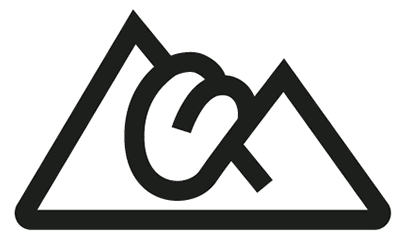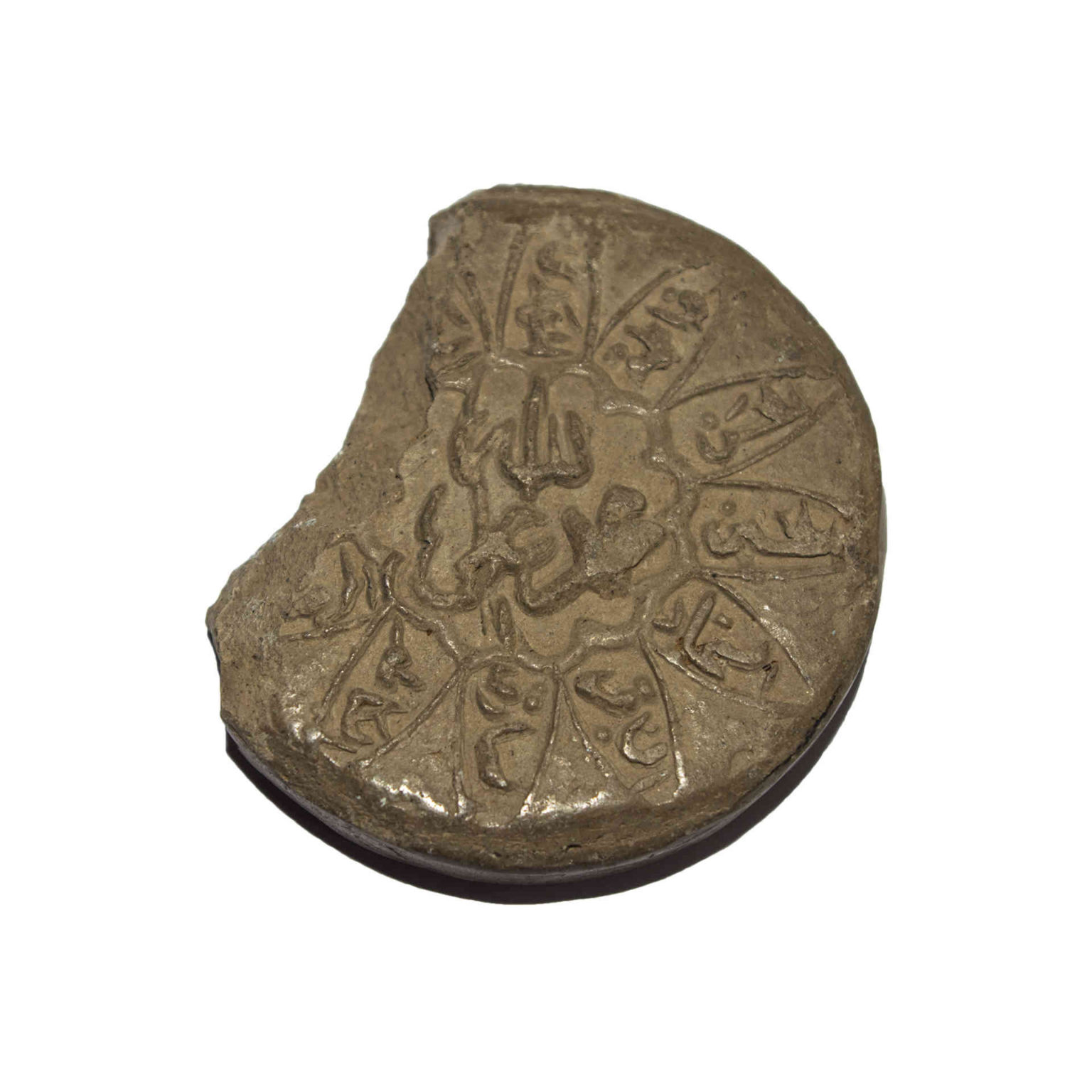Iran – IR001A
Composition: Clay
Colour: Brown
Shape: Shaped
Hard to bite, does not crunch easily, but becomes creamy. Chemical aftertaste.
This clay tablet known as mohr was obtained in the Persian supermarket in Amsterdam in 2017. An internet acquaintance with roots in Iran said that they used to eat mohr back home, and proposed to visit the Persian supermarket together to buy it.
A mohr (Arabic: ةبرت turbah; Persian: رهم mohr) is a small piece of soil or clay, often a clay tablet, used during salat (Islamic daily prayers) to symbolize earth. The use of a turbah is compulsory in most Shi’a schools of Islam and many Hadith mention the benefits of prostration (Sajda) upon the soil of the earth or an alternative material. The most favored soil is that of Karbala, the site of the death of Husayn ibn Ali. However, soil from anywhere may be used.
Mohr is a spiritual object used during prayers and was not originally designed to be eaten. Oral ingestion of mohr remains a controversial topic. On Islamic forums, people refer to eating mohr as both a sin and a sacred act. For instance, it is suggested that if someone is dying, they can eat a bit of the mohr to have their soul blessed. It is mentioned that mohr can be also given to newborns as a blessing. A number of forum visitors wrote that they have been craving mohr for a longer time and developed habits of eating it without a particular spiritual purpose.
Sources:
● ‘Turbah’, Siachat, by ya_habebi_ya_hussein (English), accessed on 15/06/2022 www.shiachat.com/
● ‘Turbah’, al-islam (English), accessed on 15/06/2022 www.al-islam.org

